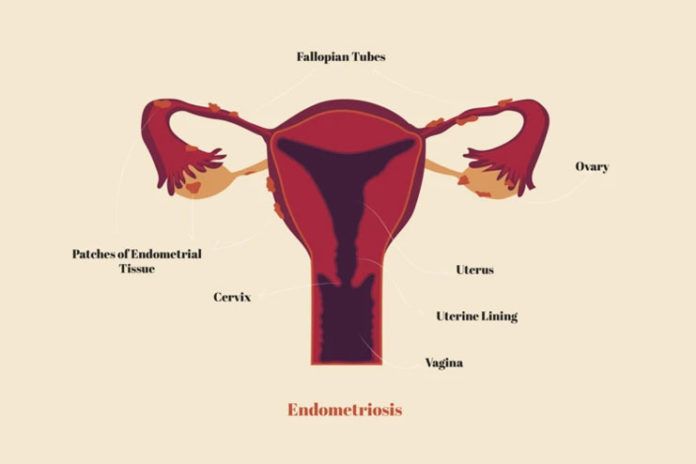Affiliate Disclaimer
Some links in this article are affiliate links. We may earn a small commission if you make a purchase through these links, at no extra cost to you. We only recommend products we find useful to our readersIf you are suffering with severe cramping during your periods then it could be due to endometriosis. This is a disorder that can make your periods even more painful than usual. This is different from the common period cramping that women experience during menstruation. So, don’t ignore the painful cramping if it is too often. The causes, symptoms can help you identify the condition.
Endometriosis is not a fatal disease but it is a condition that affects the quality of life. And it can develop complications if untreated. Before this disorder threatens you, know how to check whether you are suffering with it and follow it up with the right treatment. We are here to help you out to get rid of the painful situation.
What is endometriosis?
A woman’s uterus has a tissue-like lining which is called “endometrium” and it may grow out in some cases due to different causes. When the tissue-like lining grows out of the uterus cavity then it is called endometriosis.
As the tissue has no way to pass through the system, it gets trapped inside. Endometriosis can cause pain during every menstruation. It may also develop fertility complications. However, there are appropriate treatments to cure it.
How to check whether you’re suffering from endometriosis?
If you are suspecting that you are affected with endometriosis then you must notice the signs and symptoms. A study (R) says it can be also asymptomatic in few women which can only be detected with medical attention during the infertility clinical check up.
Symptoms of endometriosis
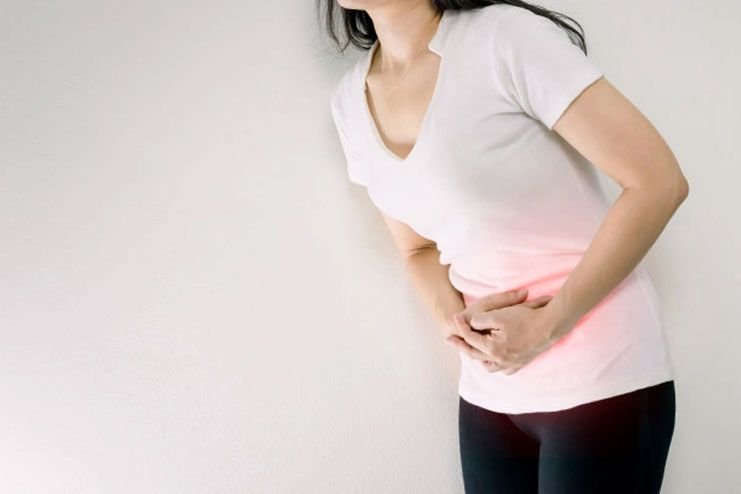 A. Severe pain during periods
A. Severe pain during periods
If you are affected with endometriosis then you may experience pain in your pelvic region pre and post menstruating. It also causes pain in lower back and abdominal pain which can be the signs to watch. If you are often experiencing these signs then you can consider them as signs of endometriosis.
B. Painful intercourse
Women feel the pain during intercourse every time they might have this disorder. It generally causes pain behind vagina in the lower region of the uterus and in some cases vagina can stick to the rectum. What causes pain is stretch or pull of the irritated tissues of the uterus with presentation.
C. Over bleeding during periods
If there is occasional menstruation bleeding or over bleeding during the periods time then it can be a possible symptom for endometriosis.
D. Pain while urinating
If you are undergoing painful urination during menstruation then it can be a symptom of endometriosis. A study says, frequent urination is another symptom of this disorder if the bladder is involved. (R)
E. Infertility
Most of the time, endometriosis is detected first in the women who consult for infertility treatment. Doctors will be able to diagnose the problem through the tests and check ups.
F. Other common symptoms
The disorder may also cause diarrhea, fatigue and constipation, nausea during periods. You can remember these symptoms to check if you are affected with endometriosis.
What are ways to treat endometriosis?
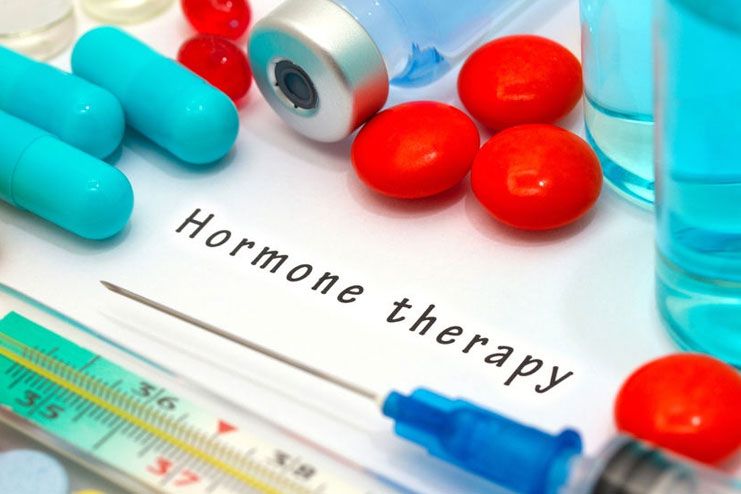
There are different ways to treat endometriosis but all of them don’t suit all the cases of the disease. Medication, treatment or surgery depends on the severity, stages, symptoms of endometriosis. Here we are mentioning the most common to rare treatment options for endometriosis. You can read and understand the descriptive of it-
01. Hormone therapy
It is a therapy with hormone supplement that can relieve pain and progression of endometriosis.
Also hormone therapy is capable of regulating the monthly hormonal changes to promote the tissue growth if you are diagnosed with endometriosis.
02. Hormonal contraceptives
Another available treatment for endometriosis is to decrease fertility by blocking the monthly growth of endometrial tissue. The patients are given birth control pills, patches and vaginal rings in order to reduce the severe pain caused for the disorder.
The injection medroxyprogesterone is an effective option to stop menstruation and prevent the growth of endometrial implants. It also reduces the pain and other symptoms of endometriosis. But this would not be the first choice of treatment as it has the side effects like decrease of bone production, depression and weight gain.
03. GnRH- Gonadotropin-Releasing Hormone Agonists and Antagonists
Women are given GnRH agonists and antagonists to stop the production of estrogen. Blocking the production of estrogen hormone stops menstruation which is likely an forced menopause. Hence, it shows the side effects like vaginal dryness and hot flashes. But these effects can be controlled by taking the balanced doses of estrogen and progesterone.
04. Conservative surgery
If the hormonal treatments are not working then conservative surgery can be a considerable treatment for endometriosis. The purpose of this treatment is to eliminate or destroy endometrial cells without harming the reproductive system.
Another possible treatment is laparoscopy is used for diagnosing and to visualize the disease. It is used to remove the endometrial tissue by making the small incisions in the abdomen to prevent the growth or to burn, vaporize them. For this treatment, surgeons used lasers to remove the tissue that is abnormally grown.
05. Hysterectomy
If the other treatments are failing to cure endometriosis then doctors may propose a total hysterectomy. This is the rare and last option of treatment. Hysterectomy surgery includes removing uterus and cervix. And in some cases, the doctors may remove ovaries to prevent production of estrogen that causes the growth of endometrial cells. If there are any visible lesions, then it will be removed too.
What are the causes for endometriosis?
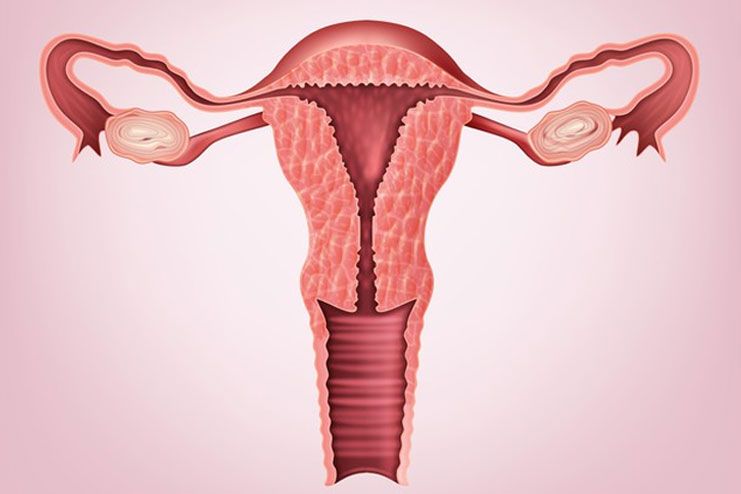 There is no certain cause for endometriosis but it includes the conditions which contribute to developing it. Some of the causes develop mild endometriosis and there are causes which worsen the present condition as well. Now see what contributes to the occurrence of this disorder-
There is no certain cause for endometriosis but it includes the conditions which contribute to developing it. Some of the causes develop mild endometriosis and there are causes which worsen the present condition as well. Now see what contributes to the occurrence of this disorder-
a. Retrograde menstruation
The menstrual blood contained in the endometrial cells which is supposed to flow out of the body. But when the blood flows in the wrong direction back through the fallopian tubes and enters into the pelvic cavity then is it called retrograde menstruation. This is a common condition that occurs in women who menstruate. If it becomes severe then it increases the risk of endometriosis.
b. Transformation of cells
There is another theory that cells from any organ of the body may transform into endometrial cells. Experts say that hormones or the immune system cause the transformation of cells possibly inside the abdomen.
c. Embryonic cell transformation
Another cause for endometriosis is the hormones like estrogen encourage the transformation of embryonic cells into endometrial cells during puberty.
d. Surgical scar implantation
Post a surgery of C section or hysterectomy there are chances of endometrial cells getting attached around the area of surgery. Also it occurs in women with genetic factors to the disease.
e. Endometrial cell transport
Endometrial cells may travel through blood lymphatic channels to the parts of the body.
Risk Factors of Endometriosis
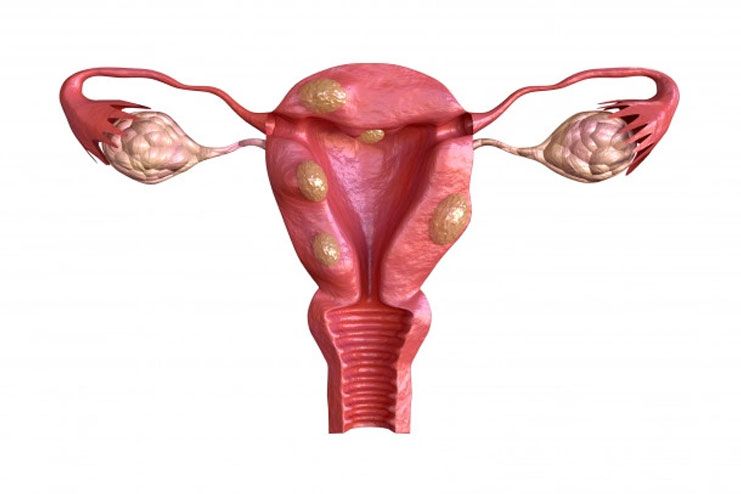 There are various factors that maximise the risk of endometriosis in women. It could be associated with menstrual cycle and lifestyle. One of the possible risk factors is genetics as well.
There are various factors that maximise the risk of endometriosis in women. It could be associated with menstrual cycle and lifestyle. One of the possible risk factors is genetics as well.
- Nulliparous- never giving birth
- Overproduction of estrogen
- Reproductive tract problems
- Menstruating at early age
- Menopause at older age
- Menstrual cycle that lasts less than 27 days
- Heavy bleeding for a week or more
- Low body index
- Medical conditions that prevent natural menstrual cycle
- High consumption of alcohol, smoking
- Lack of exercise
Stages of endometriosis
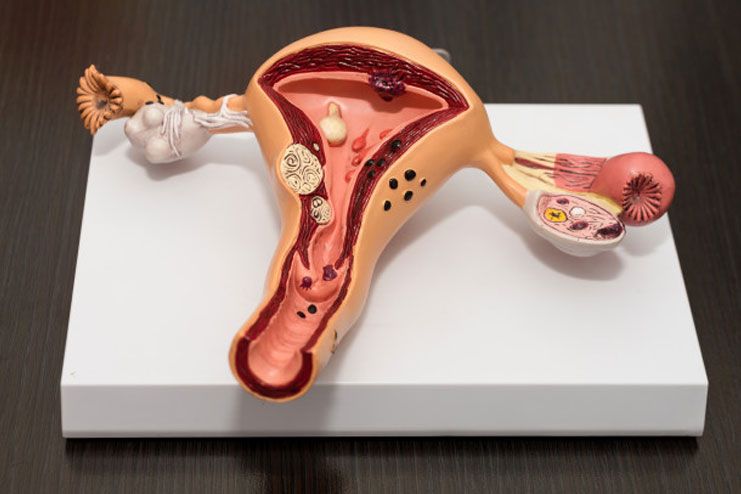 There are multiple ways to detect endometriosis. It is basically detected by the doctors based on factors like the depth of endometrial tissues and the areas it affected.
There are multiple ways to detect endometriosis. It is basically detected by the doctors based on factors like the depth of endometrial tissues and the areas it affected.
I. Minor stage
This is a stage where there would be implants of minor wounds or small damage of tissue which may be formed on the tissue lining of abdomen or pelvis. There will be no scar or mark on the affected tissue here.
II. Slight stage
At this stage of endometriosis, it is affected with more implants compared to stage 1. The implant wounds or lesions get deeper in the tissue and there would be a slightly visible scar.
III. Moderate stage
At the third stage of the condition, there would be deep implants along with small cysts on ovary/ovaries and adhesions which are the thick bands of scar tissue.
IV. Severe stag
Severe stage is when the tissue spreads widely with deep implants and thick adhesions. Additionally, there would be large tissues developed on both the ovaries.
How to diagnose endometriosis?
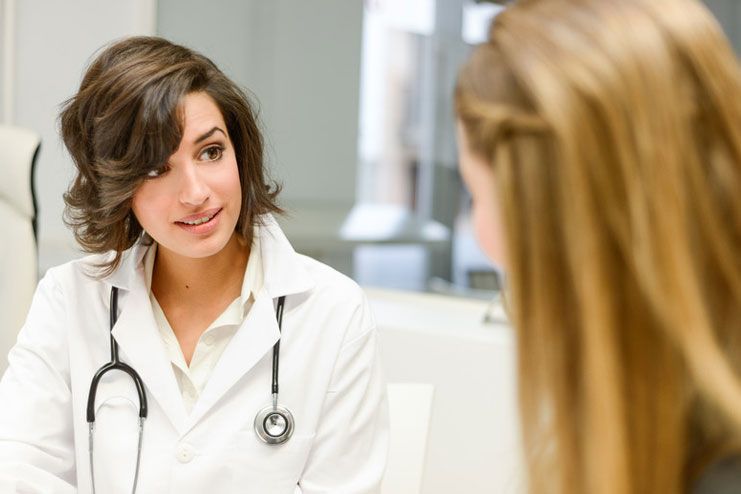
You must keep a watch on the symptoms of endometriosis to detect. And You might ask the potential questions to diagnose and proceed with treatment for endometriosis. Also You need to describe the symptoms including the cramping during periods, pain in pelvis and painful urination. The descriptive symptoms can make it easier for your doctor to take forward the diagnose process of endometriosis-
1) Pelvic exam
It is the one of the tests that is done by your doctor manually to check the pelvis. They try to observe if there are any cysts developed on the reproductive organs or any scars marked behind the uterus. However, it is tough to feel the very minor areas of endometriosis until it forms cysts over or around the organs.
2) Ultrasound
Another way to diagnose endometriosis is ultrasound. A high frequency sound is produced to illustrate the internal system of your body. A device called a transducer is passed through the abdomen or vagina to capture the images. The ultrasound test may not tell whether you have endometriosis but it shows the cysts that are caused by it.
3) MRI- Magnetic resonance imagining
An MRI test uses magnetic fields and radio waves to draw the detailed images of the organs and tissues of the reproductive system. And moreover, the test is used for surgical planning as it provides a detailed condition about the affected region and size of endometrial implants.
4) Laparoscopy
In the cases where the doctor wouldn’t be able to diagnose, endometriosis will forward the case to a surgeon for laparoscopy which is viewing the inside the abdomen. The surgeon injects anesthesia to the patient and makes a minor incision near the navel and passes a slender for the instrument to identify the endometrial tissue outside the uterus.
What are the complications we face with endometriosis?
 1. Infertility
1. Infertility
Infertility is the prime complication with endometriosis. It affects more than one third of women with difficulty in women getting pregnant. Ideally, pregnancy comes after an egg released from the ovary and passes through the fallopian tube, becoming fertilized along with the sperm cell. Then the sperm cells get attached to the uterine for development.
Whereas, endometriosis may block the tube and don’t allow the egg and sperm to unite. It can even damage the egg or sperm. However, women with mild endometriosis conceive and will be able to give birth. For the women with endometriosis, doctors advise not to delay pregnancy as it can become a bigger complication for pregnancy and child’s birth.
2. Ovarian cancer
Endometriosis increases the risk of ovarian cancer but still it is rare or low. A study (R) says endometriosis is associated with a higher risk of ovarian cancer and high levels of estrogen might be the cause.
3. Painful period cramps
Cramping during periods is a very common effect for most of the women. But endometriosis causes severe cramping than usual. As the tissue builds up and outgrown abnormally, it traps inside and causes pain during the monthly period. Over bleeding, periods for the longer duration are other complications of the disorder.
When to meet a doctor?
If you are experiencing a severe pain, painful urination, painful intercourse and over bleeding every month then dont ignore it. You need medical attention to know whether you have endometriosis. As you experience these signs and symptoms, you must consult a gynaecologist and get it checked. You have seen the complications that are linked to endometriosis and you must be knowing the severity of it. Hence, don’t neglect your gynic issues but get the appropriate medical help.
When you are suffering with unbearable pain month after month, don’t just bear it but make an appointment for a check up as it can even be a sign of endometriosis. You even have home remedies that can give you relief from the condition. Follow the ways to prevent the complications like infertility and monthly period cramping. Diagnosing endometriosis at an early stage can be a great help but for this you must also watch the signs and symptoms. We have mentioned everything that can get your awareness about endometriosis.
In this Article













